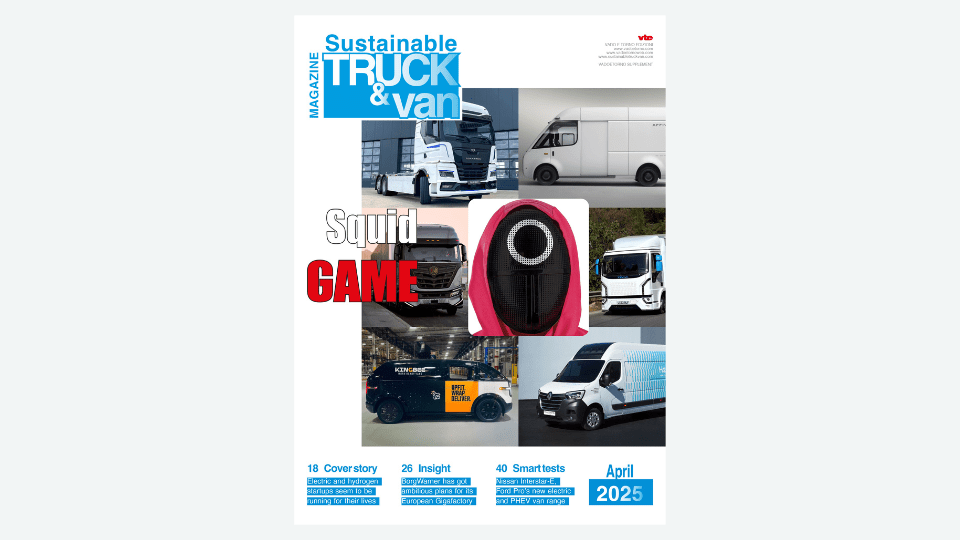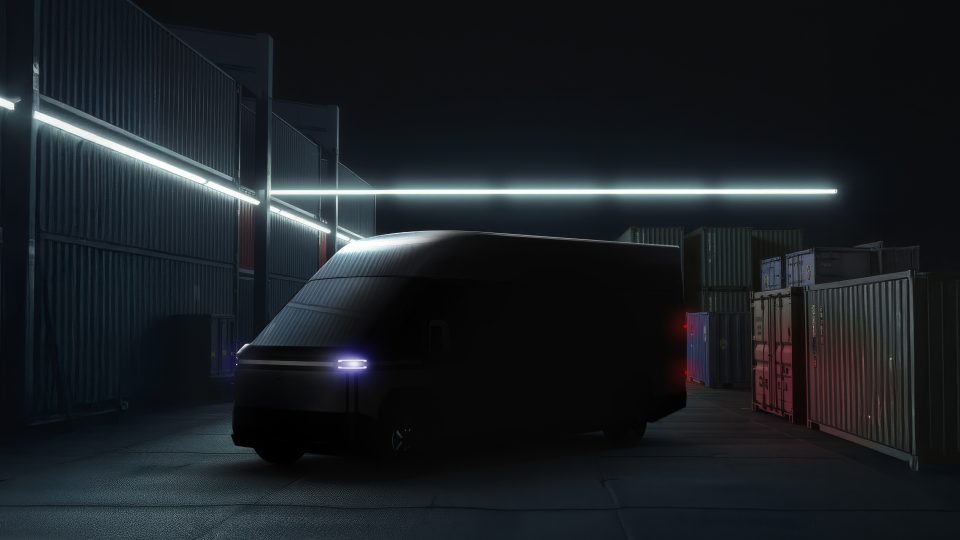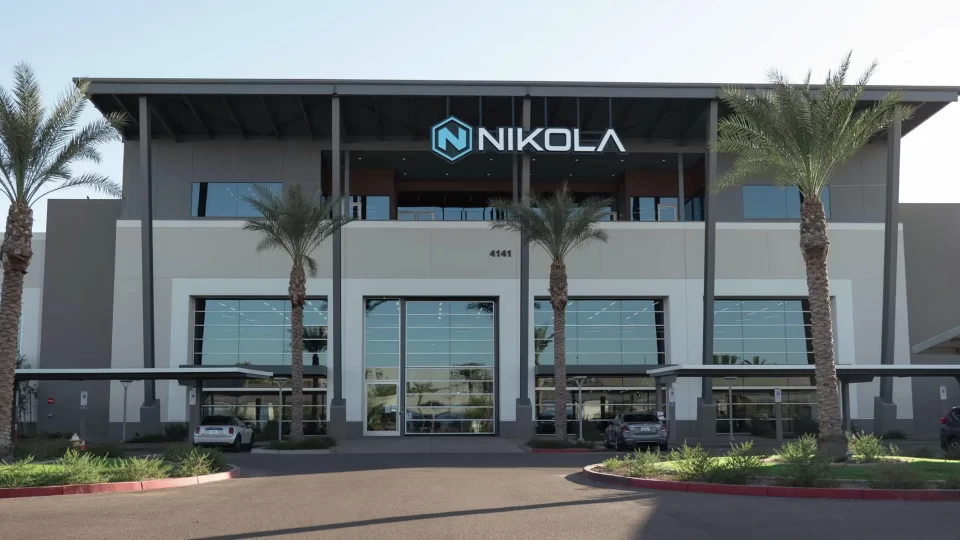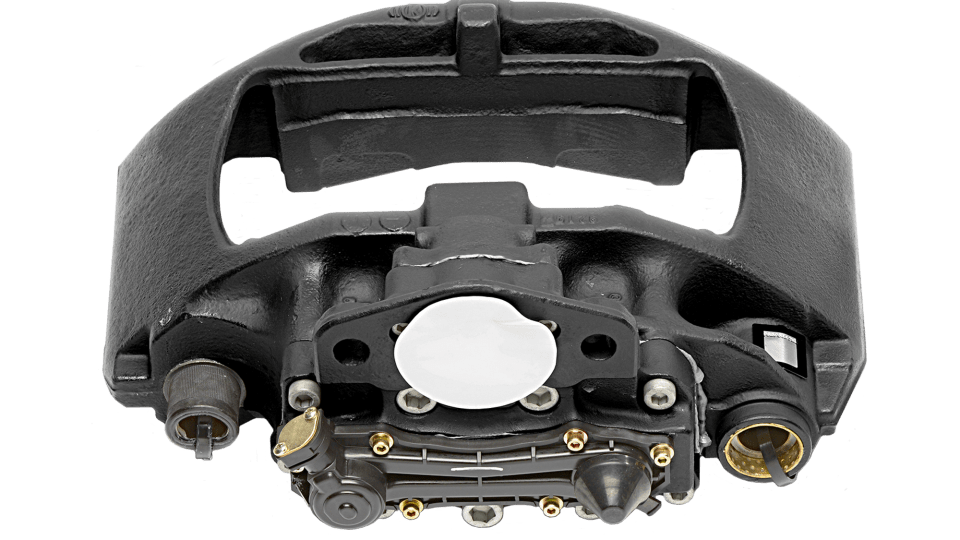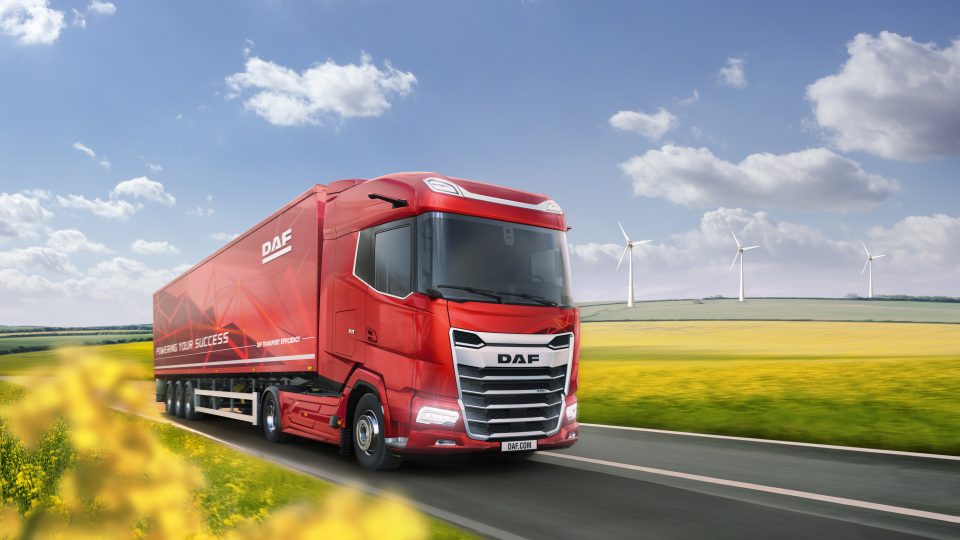Stellantis set the targets for electrification: over 30 billion euro to be invested by 2025
Among the messages delivered by CEO Carlos Tavares were the ambitious targets of over 70 percent of sales in Europe and over 40 percent in the United States to be low emission vehicle by 2030. Investments in electrification and software will reach the figure of 30 billion euro through 2025, with all the 14 brands – each with its own peculiarities – involved in such a transition.
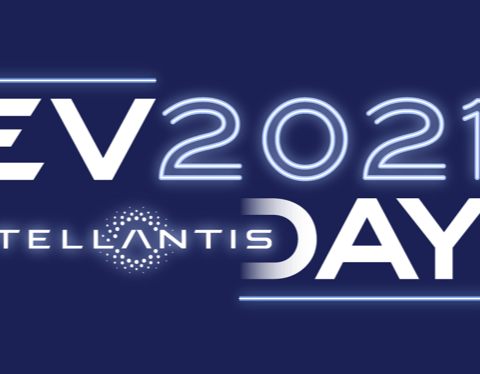
The EV Day organized by Stellantis today was a great occasion to discover the group’s strategy and targets when it comes to electrification. The newborn company, resulting from the fusion between FCA and PSA, now includes not less than 14 brands, most of them involved in passenger cars and some of them (Peugeot, Fiat Professional, Citroen, Opel) with interests in professional and commercial vehicles, apart from RAM Trucks that’s a truck manufacturer.
Stellantis and the push to electrification: five gigafactories to be opened
One of the main reasons why FCA and PSA decided to join their forces was the need to push on electrification. For this reason, today’s event was long awaited by the stakeholders all over the world. Among the messages delivered by CEO Carlos Tavares were the ambitious targets of over 70 percent of sales in Europe and over 40 percent in the United States to be low emission vehicle by 2030.
Investments in electrification and software will reach the figure of 30 billion euro through 2025, with all the 14 brands – each with its own peculiarities – involved in such a transition.
In this scenario, Stellantis’ management talked about a global EV battery sourcing strategy of over 260 GWh by 2030. In order to achieve this goal, five gigafactories between Europe and North America will be created. As for Europe, the already announced factories in Douvrin (France) and Kaiserslautern (Germany) will be soon joined by an Italian site in Termoli (Southern Italy), today exploited to produce engines and transmissions.
Stellantis has signed MOUs with two lithium geothermal brine process partners in North America and Europe to ensure a sustainable supply of lithium, identified as the most critical battery raw material with regard to availability, as well as have the ability to integrate lithium into the supply chain once available.
«Aiming to be the global leader in e-Commercial vehicles»
«The strategy we laid out today focuses the right amount of investment on the right technology to reach the market at the right time, ensuring that Stellantis powers the freedom of movement in the most efficient, affordable and sustainable way», said CEO Tavares (pictured below). The wish is to become the market leader in low emission vehicles.

According to the official statement released today, «the Company remains committed to growing its commercial vehicle leadership in Europe and strengthening its position in North America while aiming to be the global leader in e-Commercial vehicles. Leveraging knowledge and embracing synergies, the commercial vehicle electrification rollout will extend to all products and all regions over the next three years, including the delivery of hydrogen fuel cell medium vans by the end of 2021».
Solid-state battery technology is targeted by 2026
Stellantis has signed MOUs with two lithium geothermal brine process partners in North America and Europe to ensure a sustainable supply of lithium, identified as the most critical battery raw material with regard to availability, as well as have the ability to integrate lithium into the supply chain once available.
According to Stellantis’ strategy, battery packs will be tailored for a variety of vehicles – from smaller city cars to energy-dense packs for performance vehicles and trucks. Use of two battery chemistries is planned by 2024 to support various customer needs: a high energy-density option and a nickel cobalt-free alternative. By 2026, the first competitive solid-state battery technology is targeted to be introduced.
Electrification as «the most important brick to lay», said Tavares
Stellantis currently has or is completing several key technology joint ventures, ranging from e-powertrain and e-transmission operations to battery cell chemistry and production and digital cockpit and personalized connected services.
«Our electrification journey is quite possibly the most important brick to lay as we start to reveal the future of Stellantis just six months after its birth, and now the entire company is in full execution mode to exceed every customer’s expectations and accelerate our role in redefining the way the world moves», said Carlos Tavares.



